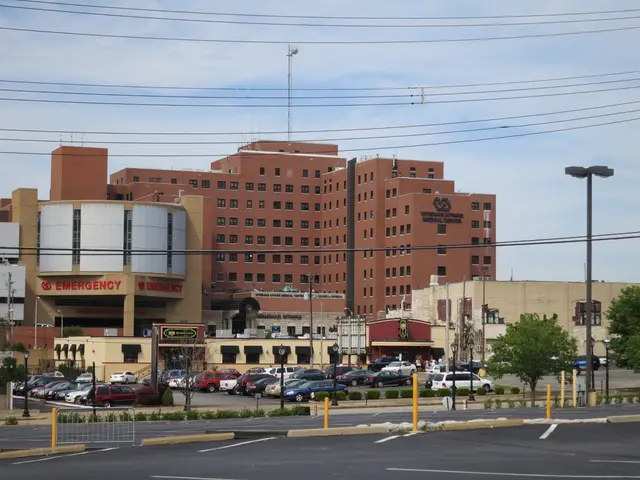Transforming AI Data Centers: Optical Circuit Switches May Reshape Data Infrastructure Landscape
In the ever-evolving landscape of high-performance computing, a new technology is poised to make a significant impact: Optical Circuit Switches (OCS). This innovative solution, an emerging alternative to electrical packet switches, could potentially reshape the landscape of AI data centers by offering sustainable high-performance computing solutions.
OCS technology, with its high bandwidth, low latency, and massive energy savings, is poised to be a key component in next-generation AI data centers. By providing scalability and low-latency, long-reach connectivity, OCS technology could revolutionize how large numbers of GPUs interconnect, allowing them to function as a single massive supercomputer while curbing the energy surge.
The urgency of these innovations is underscored by energy trends. According to the U.S. Energy Information Administration, data centers will consume 6.6% of U.S. electricity by 2028, more than double the share in 2024. This escalating energy consumption has prompted companies to rethink chip and system design.
One such company is Salience Labs, a startup pioneering OCS solutions. They have recently received funding for their Photonic Integrated Circuits (PICs) based on Semiconductor Optical Amplifier (SOA) technology. Salience Labs' PICs offer flexibility for hyperscalers, GPU makers, and financial trading firms to balance cost, performance, and scalability. The startup's PICs are available in two configurations: a high-radix switch designed for HPC workloads and a lower-radix version optimized for AI data centers.
The integration of OCS technology into AI data centers could enable the efficient operation of large GPU clusters as a unified high-performance computing fabric. This integration could significantly reduce the energy footprint of AI data centers, a crucial step towards a more sustainable future for high-performance computing.
The potential energy savings from OCS technology and energy-efficient optical interfaces could make a substantial contribution to reducing the total energy consumption of AI data centers. For instance, Lumentum predicts that without optical efficiency improvements, training GPT-5 could consume 122 MW, nearly six times more than GPT-4. Energy-efficient optical interfaces combined with OCS could reduce this by 79%, bringing power usage back to GPT-4 levels.
Moreover, networking equipment switches, transceivers, and interconnects represent a growing portion of this energy footprint. Companies like Arista Networks estimate that energy-efficient optical modules could save up to 20W per 1,600Gbps module.
Google's TPU, designed to offer a 10× cost-efficiency advantage over GPUs by focusing on specific AI tasks, could also benefit from the energy-saving potential of OCS technology. The combination of OCS technology and energy-efficient optical interfaces could lead to a future where high-performance computing doesn't come at the cost of unsustainable power consumption.
In conclusion, the development and implementation of OCS technology could be a game-changer for AI data centers, offering a sustainable and efficient solution for the growing energy demands of high-performance computing. As the industry continues to evolve, the role of OCS technology in shaping the future of AI data centers is undoubtedly a topic of great interest and importance.
Read also:
- Innovative Company ILiAD Technologies Introduces ILiAD+: Boosting Direct Lithium Extraction Technology's Efficiency Substantially
- Veolia advocates for sustainability by financing eco-friendly environmental projects
- Airbus is escalating the standards for eco-friendly aircraft fuel
- Rapid Expansion Anticipated for Lip-Sync Technology Sector at a Rate of 17.8%





